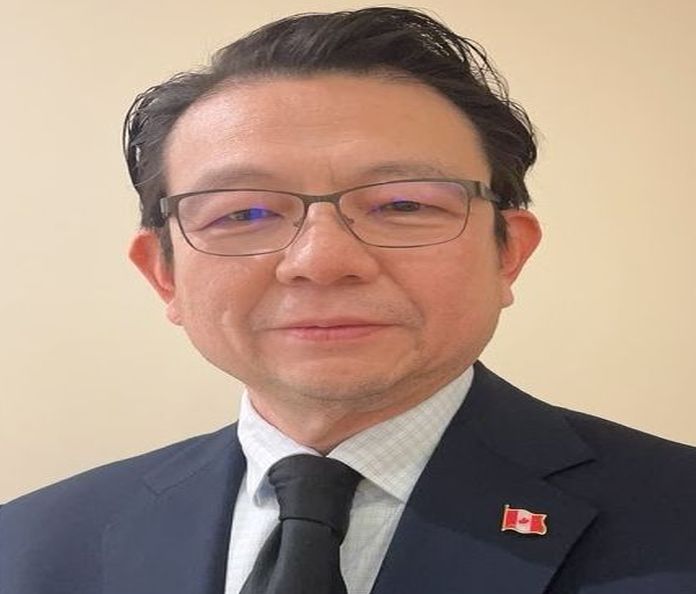By David Hu
To promote the establishment of a 14nm Semiconductor Foundry in Canada and encourage investments through favourable policies, the Canadian government can consider the following steps:
- Incentives and Tax Policies: Offer tax incentives and grants to semiconductor companies that plan to establish a 14nm Semiconductor Foundry in Canada. These incentives can include tax credits for research and development (R&D) expenses, investment tax credits, and reduced corporate tax rates for a specified period.
- Research and Development Support: Collaborate with universities and research institutions to foster semiconductor R&D in Canada. Providing funding and resources for advanced research initiatives can attract semiconductor companies looking to set up research facilities in the country.
- Workforce Development: Invest in education and training programs to build a skilled workforce specialized in semiconductor manufacturing. Establish partnerships between industry and educational institutions to offer targeted courses and programs that align with the needs of the semiconductor sector.
- Infrastructure Development: Ensure that the necessary infrastructure, such as reliable power supply, high-speed internet connectivity, and transportation facilities, is readily available in regions where the semiconductor foundry is planned to be established.
- Streamlined Regulations: Simplify and expedite regulatory processes to facilitate the establishment of the foundry. Reducing bureaucratic hurdles can attract more investors and encourage the timely setup of the facility.
Related: Together, let’s build for Canada: The importance of contributing to society

As for encouraging Japan, Taiwan, and Korea to conduct Hydrogen Energy Research and Development (R&D) in Canada, the government can take the following steps:
- Collaborative Agreements: Initiate discussions and sign bilateral or multilateral agreements with Japan, Taiwan, and Korea to promote joint research projects and technology exchange in the field of hydrogen energy.
- Funding and Grants: Offer funding and research grants to attract researchers and companies from Japan, Taiwan, and Korea to conduct R&D in Canada. These grants can support joint research initiatives and foster international collaboration.
- Research Infrastructure: Invest in building state-of-the-art research infrastructure and facilities for hydrogen energy R&D. Providing access to cutting-edge facilities can be an attractive proposition for international researchers and companies.
- Networking Events and Conferences: Organize international conferences and networking events focused on hydrogen energy. These events can serve as platforms for researchers and industry professionals from Canada, Japan, Taiwan, and Korea to connect and explore potential collaborations.
- Demonstration Projects: Support the implementation of pilot or demonstration projects related to hydrogen energy in Canada. Demonstrating the viability and effectiveness of hydrogen technologies can attract further interest and investment from international players.
By implementing these strategies, Canada can create an attractive environment for semiconductor manufacturers and hydrogen energy researchers from around the world, fostering economic growth and technological advancements in these critical sectors.








